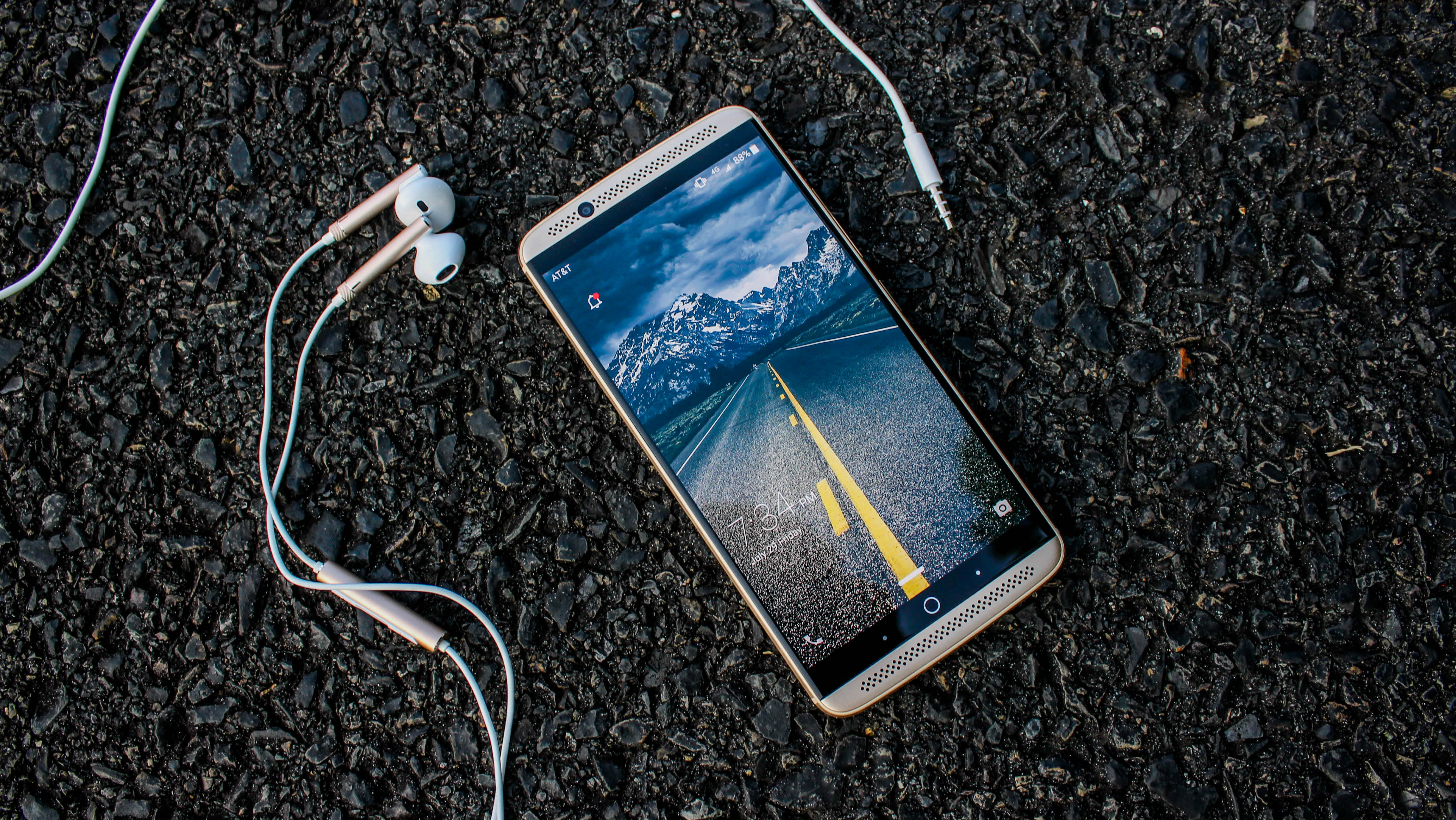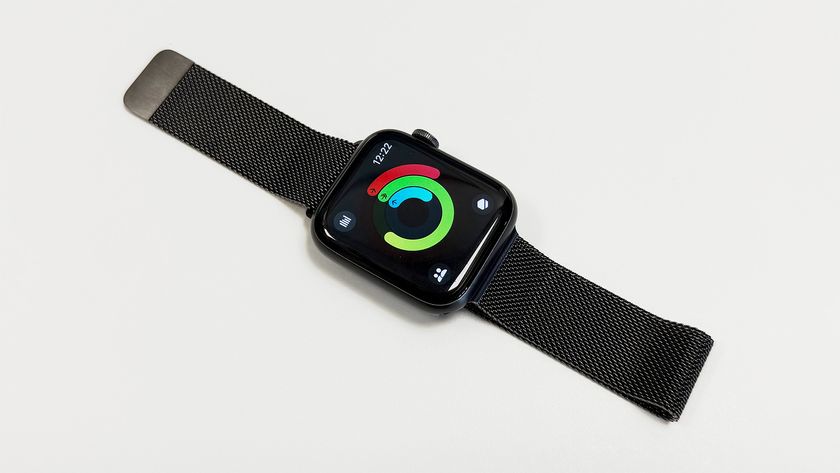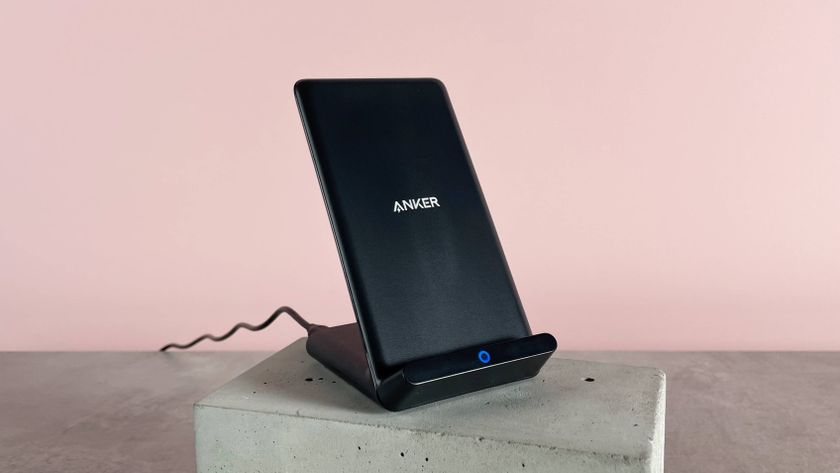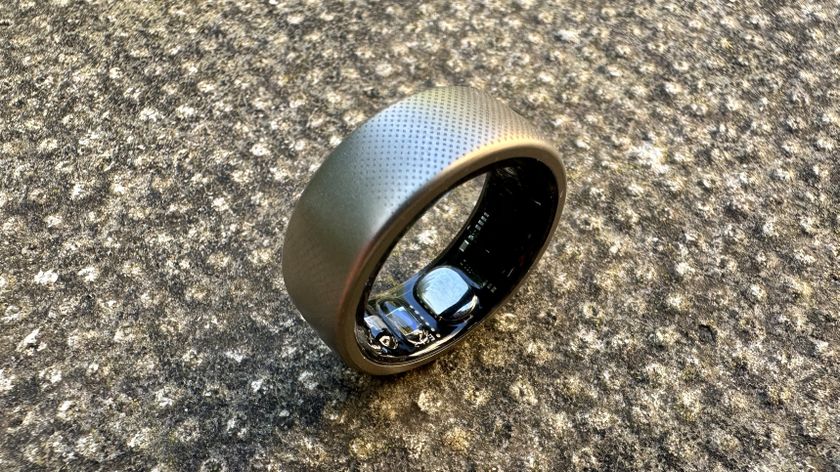TechRadar Verdict
ZTE Axon 7 is less expensive than the best flagship smartphones, yet it looks and performs like a top-tier Android Nougat handset, with front-facing speakers, 64GB of storage and only a few sacrifices.
Pros
- +
Inexpensive yet well-designed
- +
Generous 64GB of internal storage
- +
Awesome dual front-facing speakers
Cons
- -
Slippery in the hand
- -
Not on all US carriers
- -
Doesn't match Samsung's camera
Why you can trust TechRadar
Update: The ZTE Axon 7 is still one of our favorite smartphones, despite the fact that it's over a year old. The good news is it's even cheaper, now runs Android 7.0 Nougat and is being tested with an Android 8.0 Oreo beta. You also have the choice of the slightly smaller ZTE Axon 7 Mini.
The ZTE Axon 7 is a new Android phone with a sleek design, powerful specs and a reasonable unlocked price, which challenges the Samsung Galaxy S7 Edge and iPhone 7.
And that last fact explains the confusing name of this successor to ZTE Axon Pro (ZTE Axon Elite in the UK); ZTE has skipped right over the Axon 2 through Axon 6 between 2015 and 2016. It'll get even more confusing when the ZTE Axon 9 arrives in 2018 when there was no ZTE Axon 8.
The Chinese phone-maker is ambitiously trying to compete with the best phones made in the US and South Korea, so much so that it designed the phone outside of China – in the US.
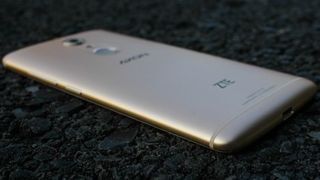
What we end up with is an Android Nougat smartphone with a polished metal design, rich-looking Quad HD display, booming front-facing speakers, and a load of software customizations of the kind often found in a more expensive handset.
That's not all. ZTE touted the Axon 7 as the first phone compatible with Google Daydream VR, which is technically true – we just had to wait a few months for Android Nougat after it debuted on the Google Pixel and Google Pixel XL. You, the prospective new buyer, don't have to wait at all now. It's VR-ready today.
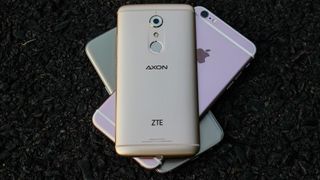
The ZTE Axon 7 doesn't outclass Samsung's top-of-the-line camera in the Samsung Galaxy S7, or the elegantly curved look of the Galaxy S7 Edge – but it does come really, really close for the price. It remains a great value.
It's not quite inexpensive enough to make it onto our best cheap phones list, but it did – for a long time – rank on TechRadar's updated best phones list. It was the first ZTE phone on this list. Let's break down why that is.
Release date and price
The ZTE Axon 7 release date was July 27, 2016 in the US, it came to the UK and the rest of Europe in September, and finally launched in Australia in late November. You just won't find it everywhere, including in US carrier stores.
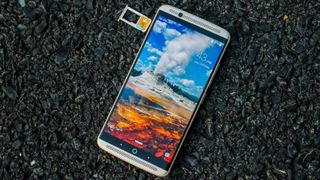
You have to buy this phone unlocked on Amazon or another retailer and pay full price. It won't be sold at US carriers like AT&T, T-Mobile, Verizon or Sprint and you shouldn't expect price subsidies.
While it technically has enough bands to support all US phone networks, it only officially works with AT&T and T-Mobile nanoSIM cards right now. Verizon and Sprint compatibility is possible with some limitations and workarounds, which may not be for everyone. That said, all of the antennas are inside – this isn't just a GSM phone.
The good news here is that if it works with your carrier, the ZTE Axon 7 is available at an attractive price. It launched at $399 (£359, AU$699) for the 64GB version, but it's now under $199 on eBay every so often. Better yet, you won't have to deal with a pesky two-year (or any) contract or carrier app bloatware for that price.
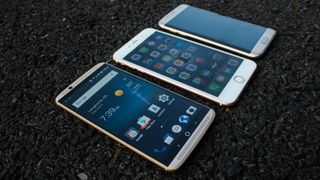
There's also a 128GB ZTE Axon 7, which includes the company's own take on a 3D Touch display, an always-on screen and 6GB of RAM – which makes it technically faster than the Samsung Galaxy S7 and S7 Edge.
All of this contrasted with the launch prices of the 32GB Samsung Galaxy S7 unlocked at $669 (£569, AU$1,148) and the 32GB iPhone 7 at $649 (£599, AU$1,079); note that both of these phones have smaller screens and half the internal storage space.
Design
The ZTE Axon 7 feels like the grown-up version of last year's ZTE Axon Pro thanks to its all-metal design, and it's considerably less chunky. It looks and feels ready to compete with Samsung, LG and Apple.
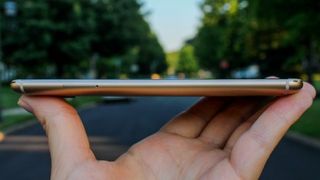
You can hold it in one hand, but with palm-stretching dimensions of 151.8mm x 75mm x 7.8mm and a slippery aluminum design, you'll find yourself struggling to reach for the corners without using two hands.
Handily, there's an ultra-thin silicone case included in the box, along with standard earbuds and a USB-C-to-micro USB adapter. The clear case makes the phone grippable without seriously detracting from the stylish metal design or matte gold color.
What ZTE has done nicely on the front of the Axon 7 is maximize the real estate for its 5.5-inch 2K display, with a virtually edge-to-edge screen and an overall minimalist look.
The front of the phone is also home to awesome-sounding dual front-facing speakers, a small front-facing camera, and three out-of-the-way capacitive buttons.
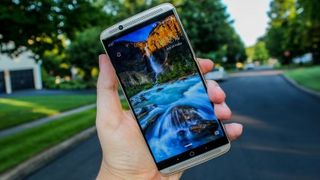
These always-present yet subtle buttons are an improvement over ZTE's original on-screen buttons, which vanished to enable the display to go 'full screen' in certain scenarios (usually right when you wanted to hit the back button).
The small capacitive buttons are also a better use of space than going to the other extreme; the Moto Z , for example, makes room for a larger-than-necessary chin that includes a Moto logo, a fingerprint sensor and on-screen buttons, with the result that there's too much bottom bezel and not enough screen.
Our only complaint is that we wish these tiny buttons lit up for easier night-time use – your brain will have to adjust to memorizing their location.
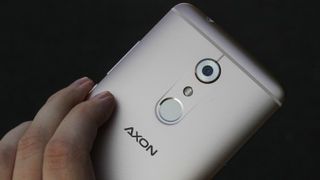
You won't find a fingerprint-sensing home button taking up space on the front here. Instead, the biometric sensor is elegantly embossed on the back.
It's easy to reach the fingerprint sensor on a phone of this size (easier than we found it to be on the taller Nexus 6P), and the one on the Axon 7 is just as fast and accurate as those on competing top-end handsets (ZTE uses the same Swedish sensor supplier, Fingerprint Cards, as other leading brands).
ZTE has also resisted the temptation to stamp its logo on the front of the device, favoring the back for splashing its name, which creates a cleaner look all around.
At the moment Ion Gold is the only color option for the ZTE Axon 7, and the included earbuds have a matching gold trim. The company plans to add a Quartz Silver color, too, but this isn't available at launch.
Display
The ZTE Axon 7's display is 5.5 inches, with a 2560 x 1440p quad HD resolution. It's the same resolution as last year's Axon, but the important difference here is that it's an AMOLED display instead of an LCD.
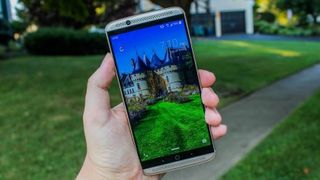
That may not seem like a big deal at first, but the colors really pop on this screen, and the Axon 7 also has improved battery life as a result of the change.
The Quad HD display shines brightly (even outdoors) once it's on, but ZTE hasn't gone as far as to include an always-on screen on the Axon 7 with 4GB of RAM, as we have seen with the Samsung Galaxy S7 and LG G5.
We've learned that ZTE is saving this display feature (along with its version of Force Touch) for the souped-up 6GB of RAM version of the phone – as mentioned, this more powerful phone hasn't show, its always-lit face just yet.
The Axon 7 screen is really being set up to not only look good on the phone, but to support VR. Really, that's the only reason to make displays of this size go from 1080p to Quad HD in our opinion – when it's that close to your face, then the higher resolution matters.
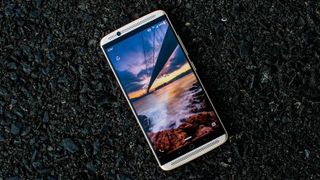
Not surprisingly there's an 'inexpensive' (though no price has been announced yet) ZTE VR headset coming. It's another Samsung Gear VR clone, like the Huawei VR headset, but it's been future-proofed for Google Daydream.
It also doesn't hurt that ZTE has put together a nice selection of wallpaper that really lets the lock screen show what the display is capable of – it's scrollable and randomized by default.
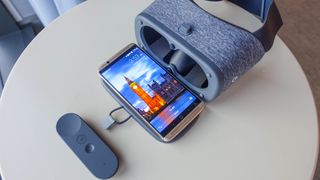
We really can't understand why phone-makers stop short of presenting a vibrant set of default wallpapers when you first boot up a handset's 2K display (read: the LG G5's sickly green gradient). ZTE sells itself better from the get-go.
A smaller, but still noteworthy display upgrade comes in the form of Gorilla Glass 4, rather than Gorilla Glass 3. It's not quite as durable as Gorilla Glass 5, or shatter-resistant like the Moto Z Force, but you'll appreciate it if (admit it: when) you drop your new phone.
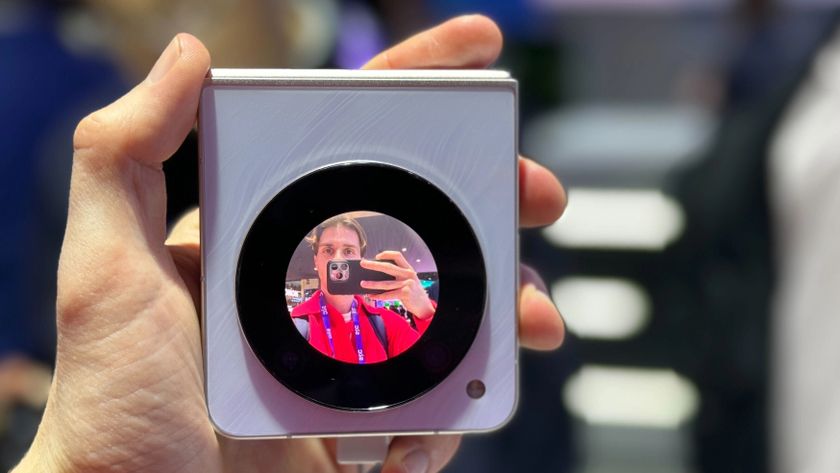
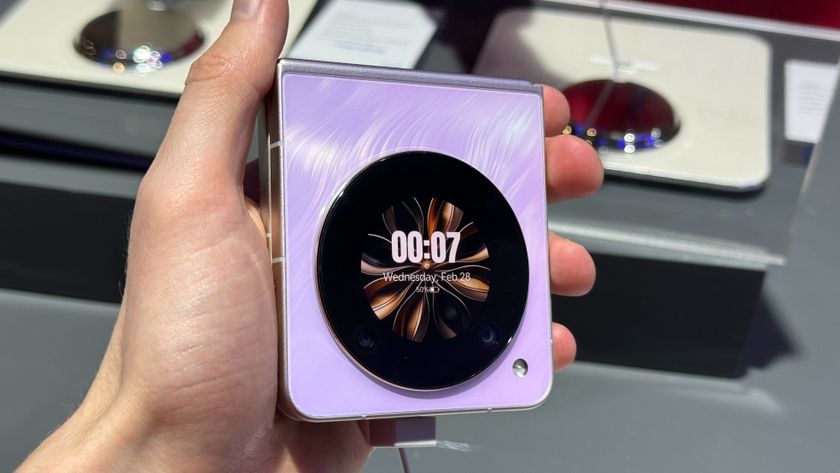
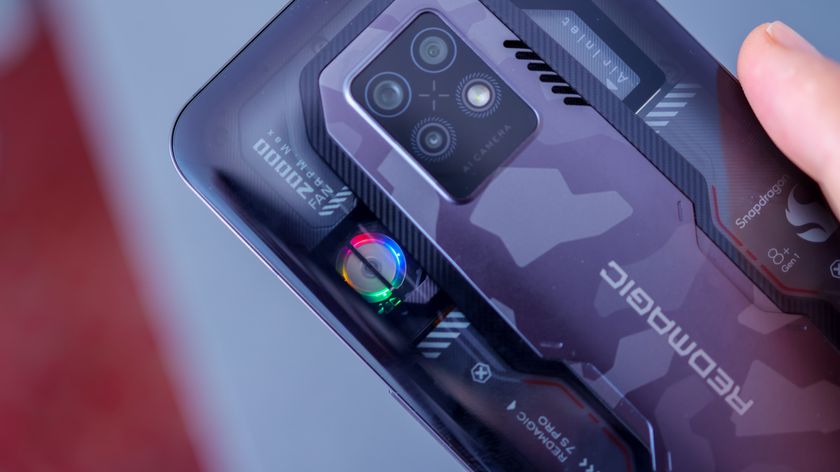
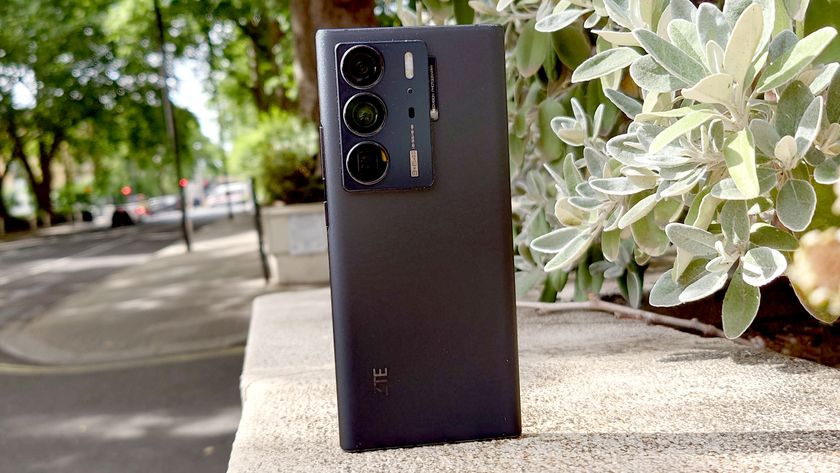
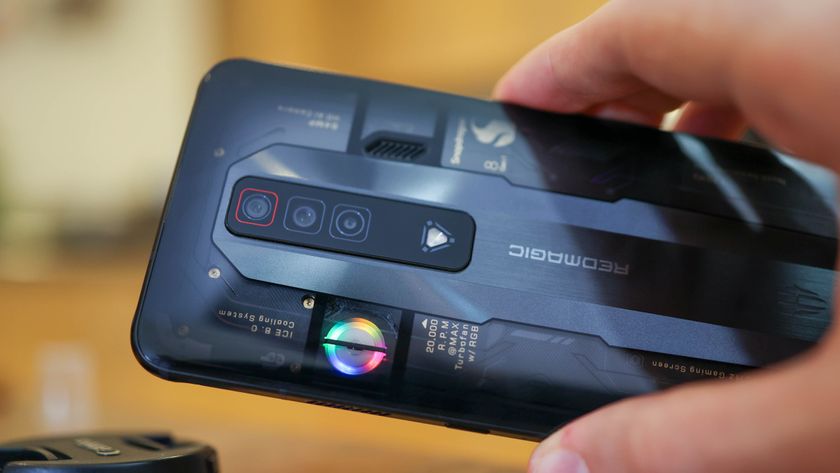
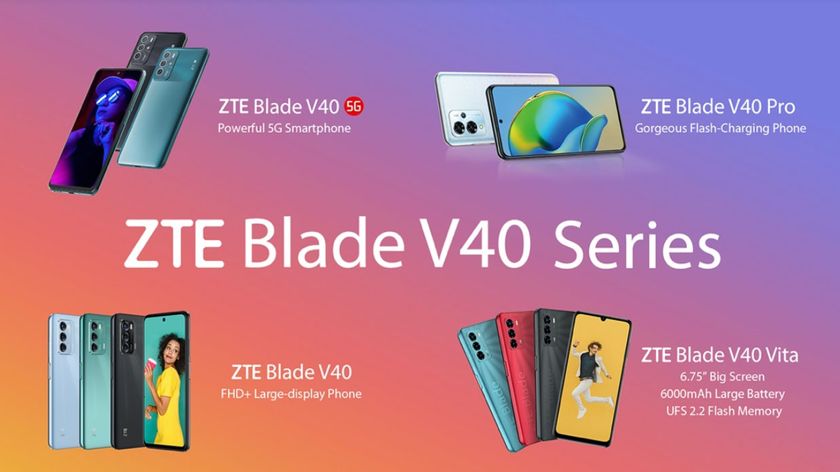




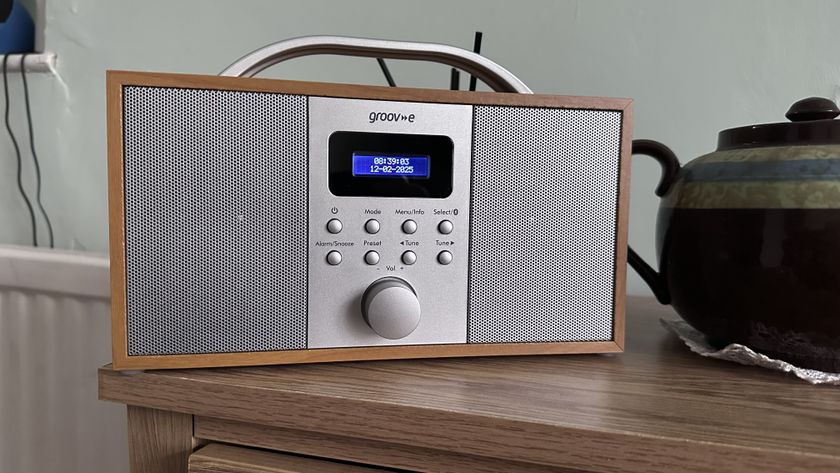

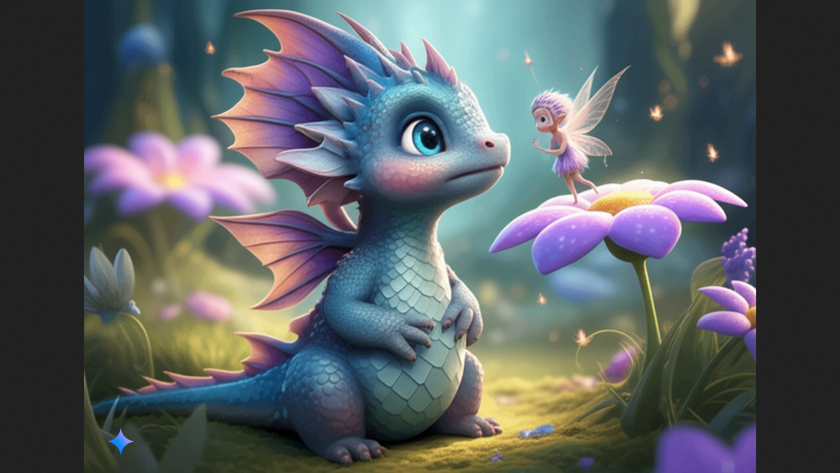
I tried Gemini's new AI image generation tool - here are 5 ways to get the best art from Google's Flash 2.0
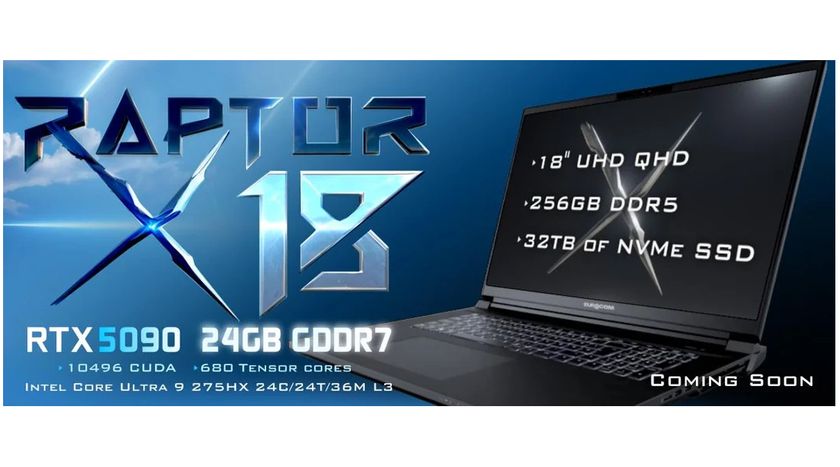
At $15,000, this massive 256GB RAM laptop makes Apple's MacBook Pro look affordable, tiny and very, very slow
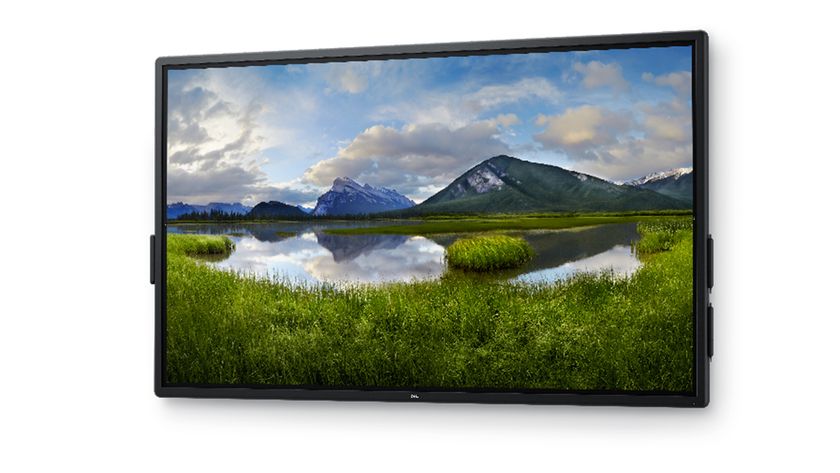
Dell just launched a $4,000 75-inch 4K touchscreen display - but I've found one rival that's 50% cheaper
